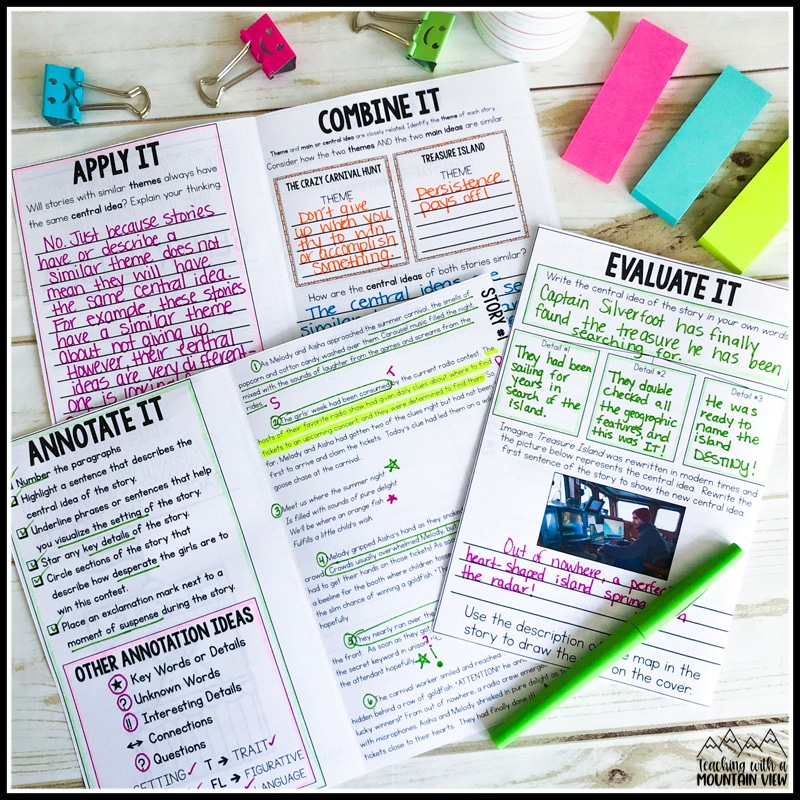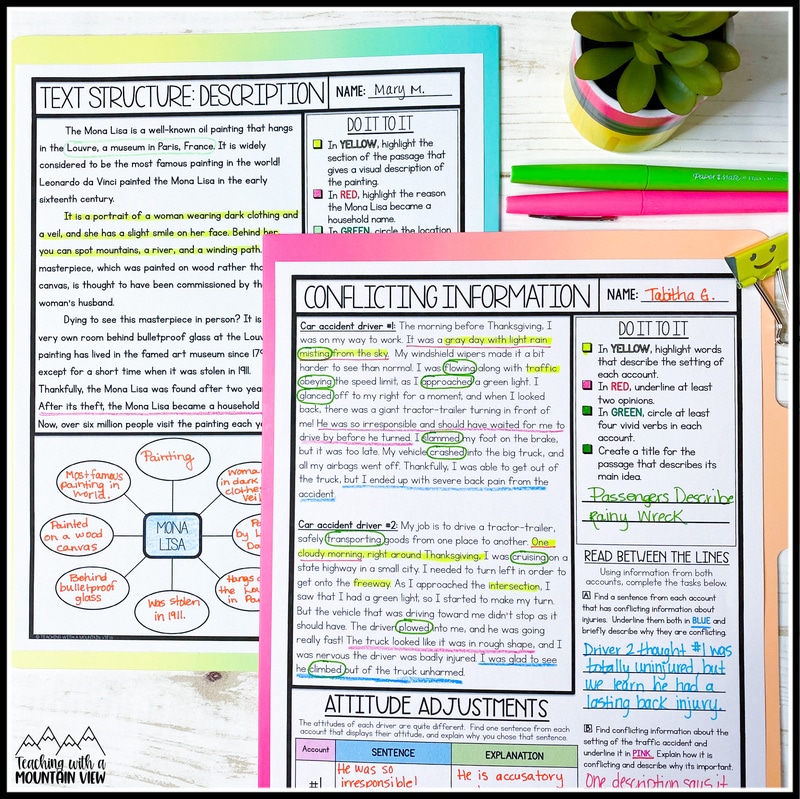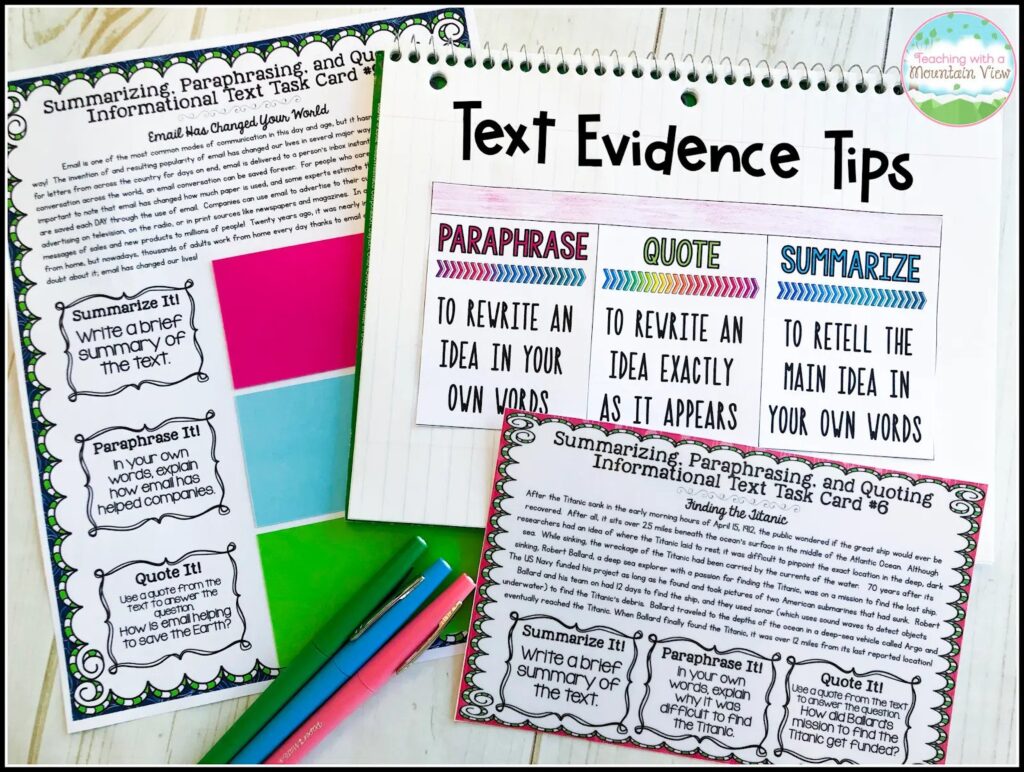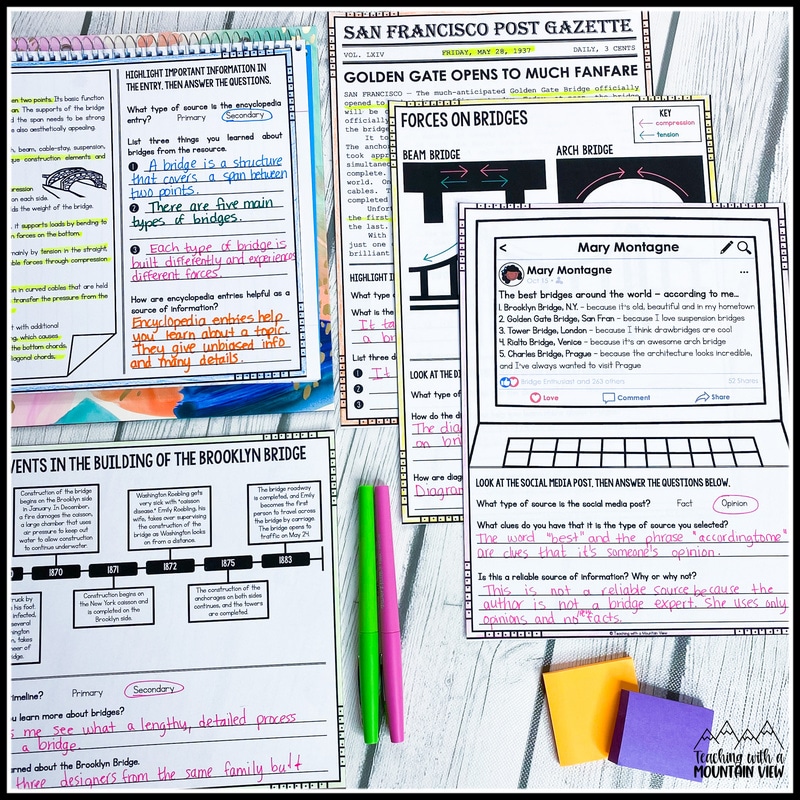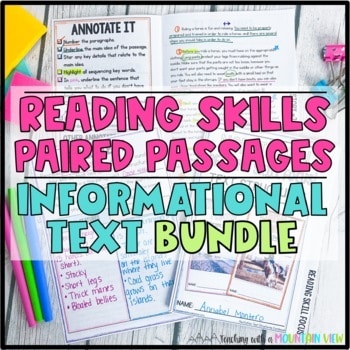Nonfiction Comprehension Guide
By Mary Montero
Share This Post:
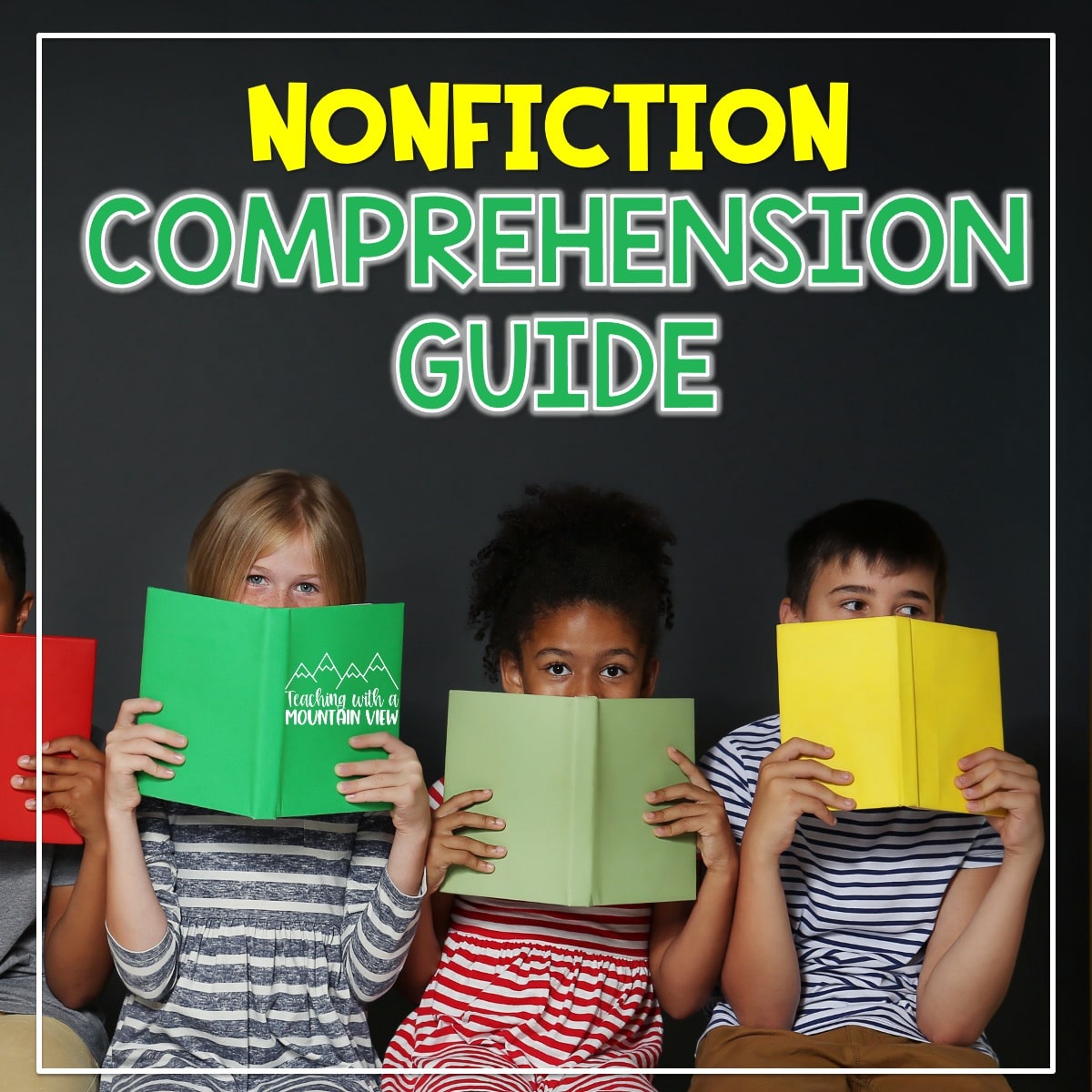
At this point in the year, I have covered a lot of nonfiction strategies and skills with students. The next step is to begin spiraling these skills, so students have consistent practice. Here are some of the consistent strategies and skills I am using in my classroom to help my students master nonfiction comprehension.
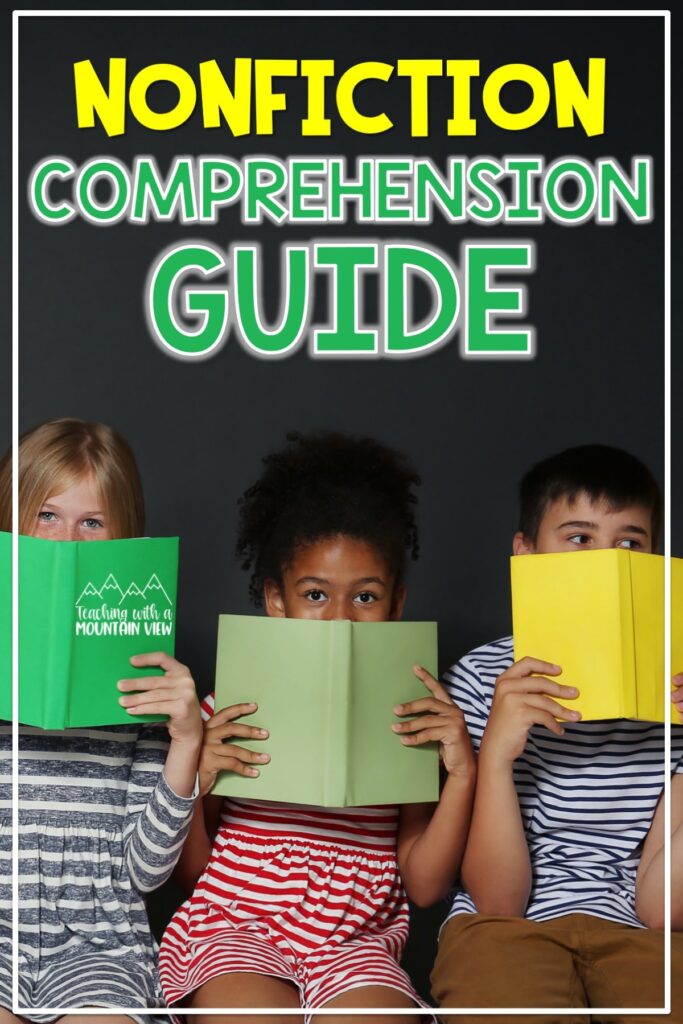
Main Idea
One of the first skills I teach to my students, and that I reinforce every time we read nonfiction, is main idea. I teach my students that the main idea describes what the story or article is mostly about. When I teach main idea at the beginning of the year, I create an anchor chart with the class. We reference this throughout the year. (You can read more about how I introduce main idea and the resources I use on this blog here.)
After we read a nonfiction text, I always have my students compose a main idea statement. This helps me check their comprehension of the passage. I also make sure to focus on finding details to support the main idea, as this is a more challenging skill. I love using this main idea and details paired passages resource with students because it challenges students’ thinking with main idea and details. There is also this similar resource for fiction main idea and detail paired passages.
Author’s Purpose and Text Structure
After talking about main idea with students, we then begin to look at the author’s purpose and text structure. I talk about these two ideas separately, but I also like to make connections with students about why the author chose to write the passage in a particular structure.
Towards the beginning of the year, I spend a lot of time introducing and practicing the different text structures with my students. (You can read my blog about introducing text structures here.) Sometimes I find that my students begin to forget the different structures, however, and I like to refresh their memory with these informational text structure passages.
When reading a text in class, I ask students to identify the text structure being used. Then, I have them use a graphic organizer to map out the passage (you can find the text structure anchor chart with each graphic organizer on this blog). Then, we discuss why the author wrote the text, and specifically, why the author organized the information in this way. When discussing the author’s purpose with students, I use the common acronym PIE (persuade, inform, entertain).
Summarization
Another skill I often practice with students to check their nonfiction comprehension is summarization. When talking about summarization for nonfiction passages, I give my students a “formula” for writing their topic sentences, and I teach them to incorporate their main idea and details into the summary. If you want to see the anchor chart and summary “formula” I give my students, you can read more at this blog. Summarization is something I am reteaching all year, and I like to use brief passages to reinforce the concept. I use these summarizing, paraphrasing, and quoting task cards with students that contain brief informational texts that students can quickly summarize.
Comparing, Contrasting, and Synthesizing
When I feel confident that my students have the basics of nonfiction comprehension, I like to challenge their thinking with comparing/contrasting and synthesizing. Comparing and contrasting are fairly simple to explain to students. How are things different? How are they the same? You can read my blog here on how I introduce comparing and contrasting, and my favorite mentor text to use.
Comparing items such as main idea, text structure, author’s purpose, etc. makes comparing and contrasting more complex for upper elementary students as they advance in their nonfiction skills. I like to give students two nonfiction texts that deal with a similar topic. Then, we look at how the way it was written impacted the reader’s experience.
Lastly, when my students are showing the ability to compare and contrast two texts, I move to synthesizing. In my opinion, this is one of the hardest skills for students to grasp – but oh so important! Synthesizing is when students combine and analyze multiple texts on the same topic. I like to ease my students into this skill with this synthesizing resource. It has passages already organized by topic, and it provides guiding questions for students as they work through synthesizing.
Nonfiction Comprehension Bundle
If you want a comprehension nonfiction comprehension resource that is completely done for you, I have just the thing! This nonfiction bundle covers 15 nonfiction comprehension skills. Each skill includes three booklets, each covering two different passages and then comparing and contrasting the two passages together. You can grab this informational text paired passage resource bundle here.
Mary Montero
I’m so glad you are here. I’m a current gifted and talented teacher in a small town in Colorado, and I’ve been in education since 2009. My passion (other than my family and cookies) is for making teachers’ lives easier and classrooms more engaging.







